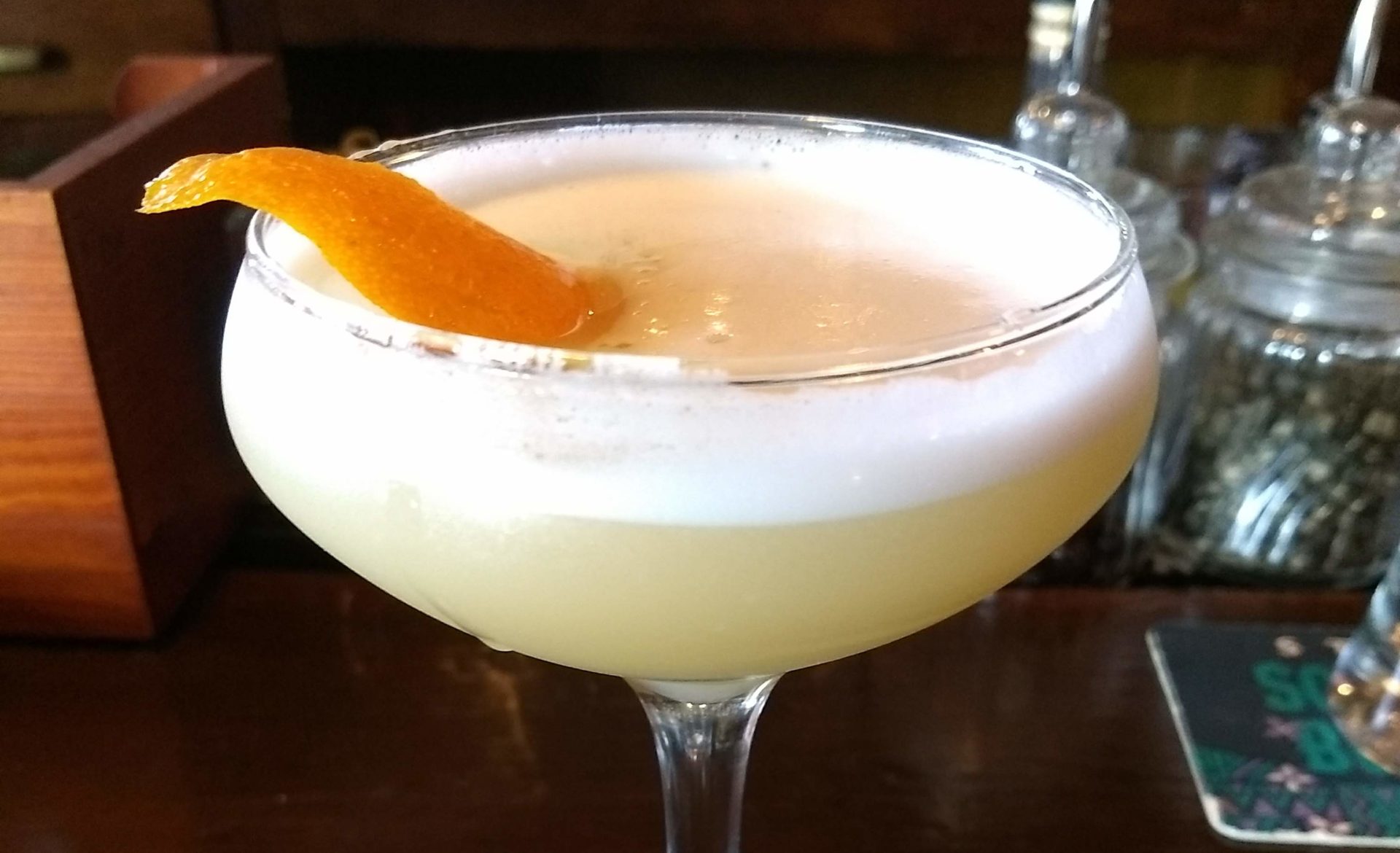 Traverse City, Michigan (population 15,000), is a gorgeous bay town near the northern end of Lake Michigan. The town, which oozes charm, has very good restaurants and genial denizens. In the autumn, both salmon and steelhead run through the Boardman River, which snakes through town.
Traverse City, Michigan (population 15,000), is a gorgeous bay town near the northern end of Lake Michigan. The town, which oozes charm, has very good restaurants and genial denizens. In the autumn, both salmon and steelhead run through the Boardman River, which snakes through town.
But Traverse City also was a slightly amusing choice for the National Conference of State Liquor Administrators meetings that I attended there last week. The Great Lakes have a long history of rum-running, as Edward Butts details in his diverting 2004 book “Outlaws of the Lakes: Bootlegging and Smuggling from Colonial Times to Prohibition.” Three centuries ago, Antonione Alumet de la Mothe Cadillac, best-known for founding Detroit, peddled massive quantities of illicit brandy from his stronghold in Mackinac, 100 miles north of Traverse City.
The NCSLA meets a few times each year. Among other things, the meetings are an opportunity for both drinks regulators and the regulated drinks makers to meet and talk policy. Every state has its own ways of managing drinks, some of which work better than others. So the meetings also are an opportunity for the booze-acrats to share information and advice about how to improve their regulations and better do their jobs.
Despite diversity among the states, every one of them has a three-tier drinks system. There are producers (brewers, distillers and vintners), wholesalers and retailers (shops, bars and restaurants). Anyone who operates in one tier of the system is not supposed to operate in another tier.
The three-tier system arose after Prohibition. Certainly, it is better than the tied house system. The last thing consumers want are mega-producers buying up all the shops and bars and allowing them only to stock mega-drinks. Buy with each passing year, the three-tiered is looking a little more anachronistic….(Read more at the R Street Institute Blog)

